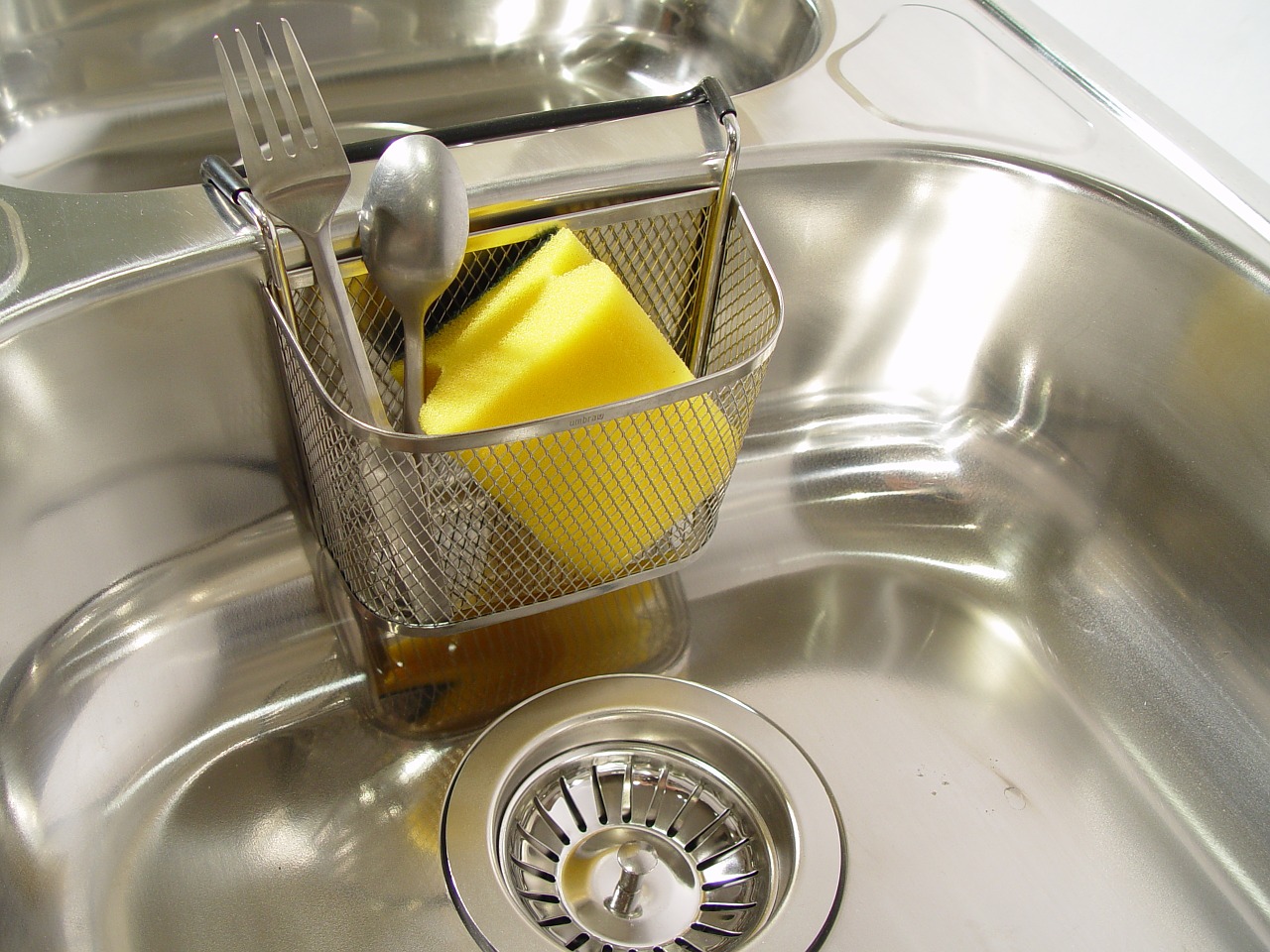
16 Oct Crucial Reasons To Hire A Long Beach Water Damage Remediation Technician
Storms come with heavy rains, flooding, and devastation. Storm damage cleanup is a complicated task that introduces issues such as hidden moisture. If not performed the right way, your home can experience secondary damage.
How To Detect Hidden Moisture
Most Long Beach CA Water Damage Restoration Experts will tell you that moisture hidden in the floors or walls of your home can easily go un-noticed.
If left for too long, it can cause permanent damage or facilitate mould growth. To be able detect hidden moisture, our Long Beach Water Damage Remediation technicians utilize a assortment of gear and techniques, depending upon the scenario.
For example, taking moisture readings in a home where materials such as hardwood flooring, plaster, or ceramic tiles are present can be hard. To combat this, our Long Beach Water Restoration technicians use a non-invasive meter.
Our Long Beach Water Damage Restoration experts also check for the existence of insulation or a vapor barrier supporting these materials. If we guess that a vapor barrier or insulation is present, then we use invasive options to test for moisture.
Throughout their analysis, our Long Beach Water Damage Remediation technicians keep in mind that:
Surface materials can get permanently damaged when penetrating moisture meters are used. As such, technicians use them once they’re confident that the surface material is wet. They primarily rely on non-penetrating moisture meters while searching for potential moisture issues.
Non-penetrating meters are usually able to read up to 3/4″ into any specific material. That’s why before using this type of meter, our Long Beach Water Damage Remediation technicians make sure that there is not any chance that moisture has seeped to a deeper level than what the non-penetrating meter will be able to detect.
Creating A Dry Goal During Water Damage Cleanup Our Long Beach Water
Long Beach Water Damage Restoration Experts also establish a dry goal at the beginning of the drying process. The dry goal is the target moisture level we want to reach, as per professional drying standards.
This drying standard is formulated by taking a meter reading of unaffected areas inside the structure. If unaffected materials are not current, then the our Long Beach Water Damage Restoration Experts utilize historical knowledge to choose a drying standard.
Proper Drying Of Gypsum Drywall
Gypsum drywall typically will dry out rather rapidly since it has a high permeance factor that allows water vapor easily diffuse.
But if the wall is covered with ceramic tile, wallpaper, or another comparable material, the drying process will take a bit longer.
Within this scenario, our Long Beach Water Damage Restoration experts drill inspection openings underneath the baseboard line so that air can be forced into the cavities to help speed up the drying procedure.
